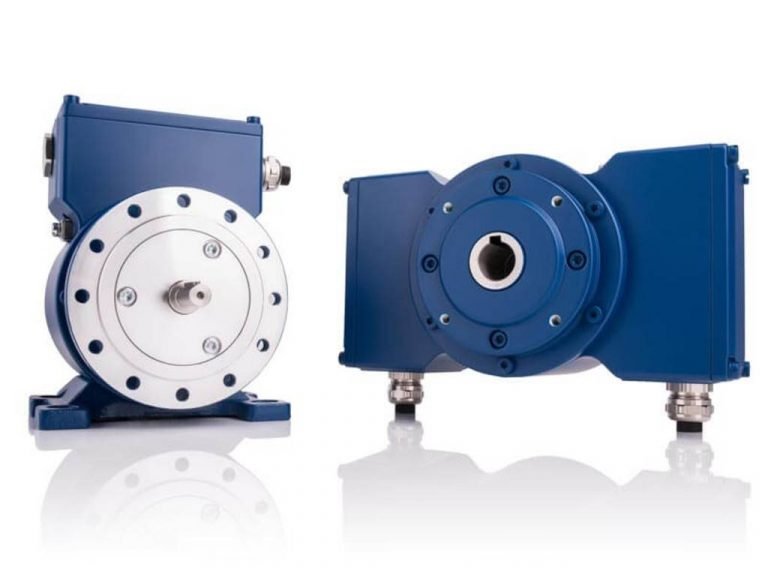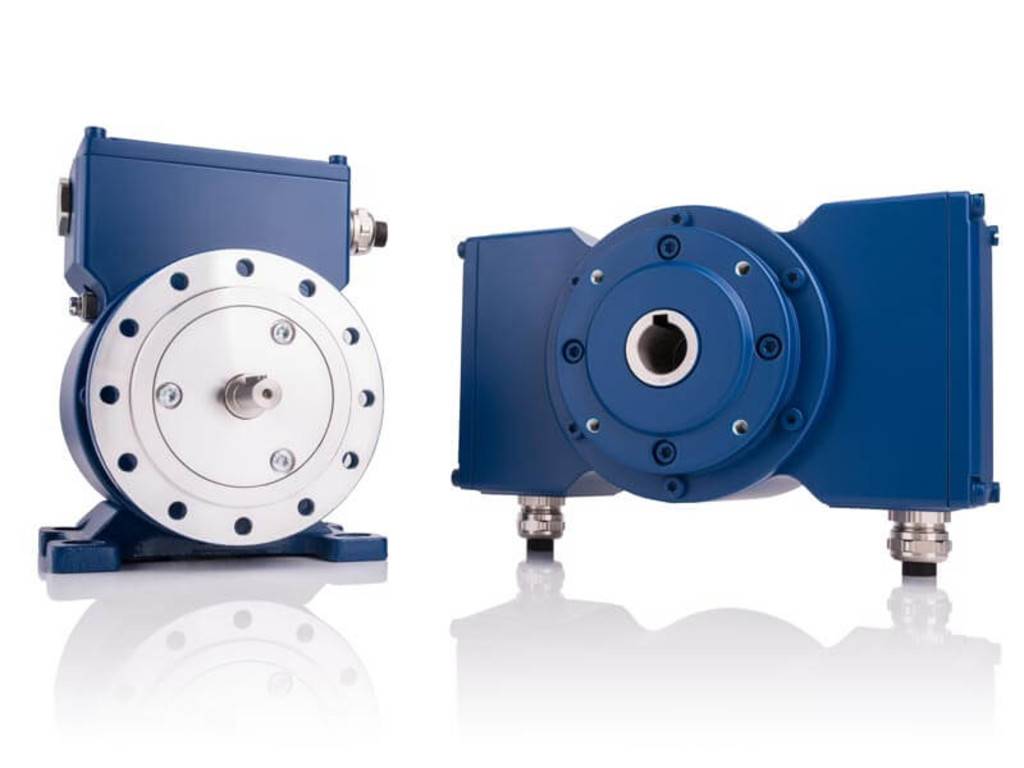Absolute Encoder vs Incremental Encoder
- Home
- Archives: April 2022

Controlling the machines in an electronics factory is made possible by the detection of linear and angular motion. These microcomputers often require information about the position, speed, and direction of rotation of an axle or shaft. This information must be converted into digital format. Optic encoders can be used to measure angular and linear positions. They are also known as shaft or rotary encoders. They are used in a variety of applications, including industrial and consumer equipment. Shaft encoders or rotary encoders can be either absolute or incremental.
An absolute encoder gives position information only when power is lost. An incremental encoder can be used to provide velocity and direction information. Both can be used with linear and angular displacements. However, they work differently. Let’s examine how they differ.
What is an Absolute Encoder and how do you use it?
Absolute encoders have a unique code that represents each shaft position. It provides the digital output that represents the absolute displacement. When the system is turned on, the actual position value is immediately measured.
An absolute encoder does not require a counter, as the measured value can be derived directly from the graduation patterns. It gives the digital output that corresponds to the position.
Each bit position can be encoded separately using a separate LED pair. Each code is an absolute angular position for the shaft during its rotation. An absolute encoder uses a Gray encoder, where one bit can change at a given time. This reduces errors in encoder communication. They can be broken down into single-turn or multi-turn encoders.
What is an Incremental Encoder Used For?
In an electro-mechanical device, an incremental encoder transforms the angular position on the shaft into digital signals or pulse signals. It produces a set number of pulses per revolution and provides a pulse for every increment that corresponds to the revolution.
It can only measure the change in position and not the absolute position. It cannot, therefore, specify the relative position to any reference. The angular position and number of pulses generated are proportional. Incremental encoders can be used when velocity, velocity and direction information are required. Each time the device turns on or is reset, it counts from zero and generates an outgoing signal for each shaft movement. You can further subdivide the types of incremental encoders into quadrature encoders or tachometers.
Basics of Absolute Encoders vs. Incremental Encoders
These are both electro-mechanical devices that measure the angular and linear positions of the shaft, and then convert them into digital signals or pulse signals. An absolute encoder uses a unique code to identify each shaft position. An incremental encoder generates an outgoing signal every time the shaft turns at a specific angle. The number of pulses generated is proportional to the shaft’s angular position. An incremental encoder measures the change in position and not the absolute position.
Operating Mechanics of Absolute Encoders vs. Incremental Encoders
Absolute encoders consist of a binary-coded disk that is mounted on the shaft so it rotates with it. Every shaft’s angular position can be described using a variety of output channels. As the required resolution increases, so does the number of channels. It is not an incremental encoder that does not lose position information if the power goes out. An incremental encoder on the other hand provides an output signal for a specific increment of the angular location of the shaft. This is determined by counting the output pulses relative to a reference point.
Cost Efficiency & Comparison
Because the code matrix on the encoder disk has more complexity and requires more light sensors, an absolute encoder usually costs twice as much as the incremental encoders. Because the encoder disk has a limited number of tracks, the resolution can be reduced. It is, therefore, more costly to achieve finer resolutions without adding additional tracks. Incremental encoders are, however, simpler than absolute encoders and therefore more expensive.
Stability & Steadiness
Absolute encoders offer greater performance, more accurate results and lower overall costs. Absolute angle readings can be provided, so even if a reading is not taken, it will not affect the next one. The accuracy of any reading does not affect the particular reading. A device with an incremental encoder must be powered on during operation. The system will display an error if the power goes out. This can slow down the system’s performance. Absolute encoders will not lose their position information in the event of a power outage.
Conclusion
The incremental encoder must be powered during operation. If the power goes out, the reading needs to be re-initialized. Absolute encoders require power only to take a reading. Because it can provide absolute angle readings, the accuracy of a particular reading does not depend on its previous reading, however. An absolute encoder’s code matrix is typically more complicated than an incremental encoder. Because it is simpler, an absolute encoder will usually cost twice as much.


